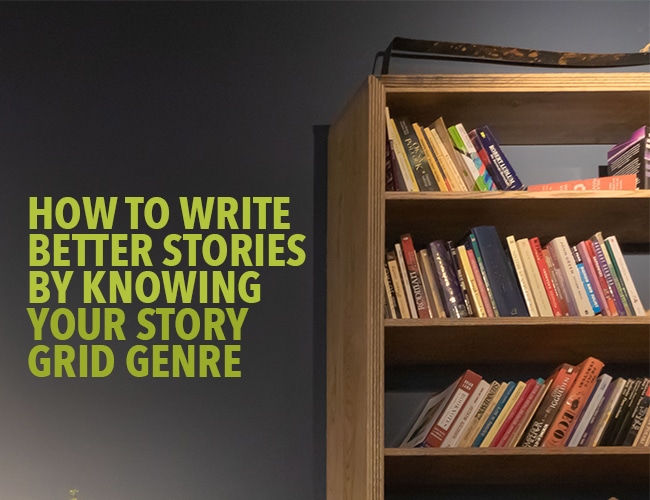
by David Safford |
Why do some books “work,” while others don’t? Why do readers ravenously consume one book, while they put down another and forget about it entirely?
If you want to write books that readers love, you’d be wise to find answers to these questions and apply those answers to your work. Thankfully, there’s a resource available to you that provides an insider’s look at what readers want: The Story Grid!
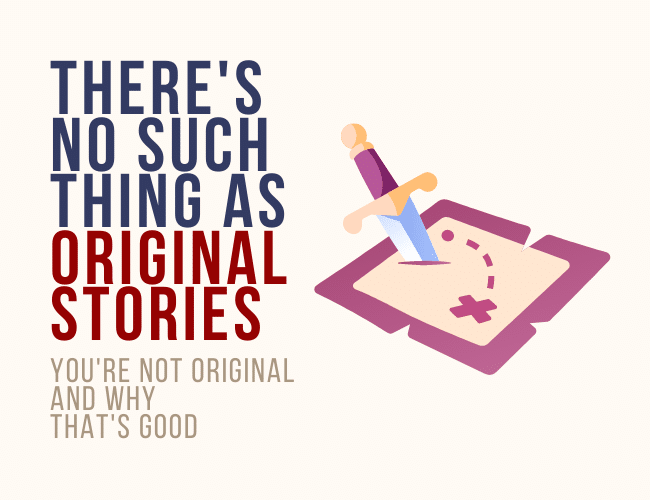
by J. D. Edwin |
Have you ever heard that there are no original stories? As a writer, did this turn your stomach or make you angry?
Although the idea that there are no original stories sounds upsetting, especially for writers, the truth is that every story follows the rule (most likely) of “same, but different.”
That’s a good thing!
If stories were completely original, it would be hard to know if there was a readership interested in them. We want stories that are unique, but that also follow the same conventions and tropes of certain types of stories that we’ve read or seen before.
Doing this means that your story will impact your ideal readers, and here’s why.
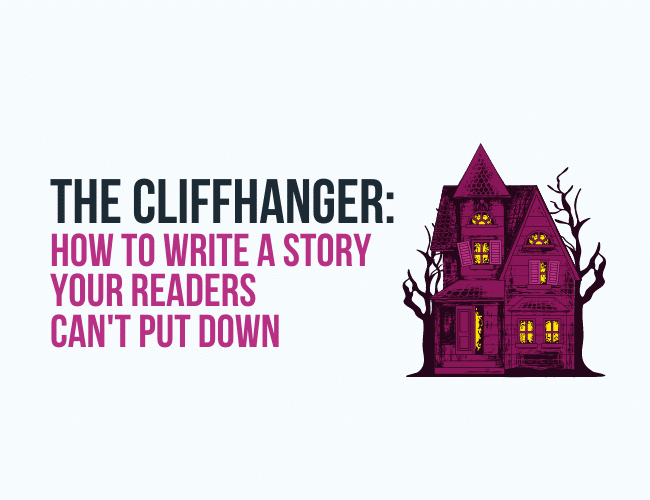
by Joslyn Chase |
When you put your writing out there for others to read, what do you hope will happen? If you’re like most writers, you want readers to get pulled into your story and keep turning pages to the end. You want your story to be un-put-downable.
It’s no secret that the time-tested method of using cliffhangers at the end of your chapters or scenes is a sure-fire way to make that happen. But what a lot of writers don’t realize is that the cliffhanger ending is only half the equation.
The cliffhanger is the hook that makes the reader turn the page, but if you don’t have a solid line supporting them across the gap and a sinker that pulls them deep into the next scene or chapter, your fish is likely to wriggle off and swim away.

by J. D. Edwin |
“Strong” is a word we often hear when describing good characters. But how do you create a strong character for your story? What makes the difference between a character your readers root for and one they forget?
Strong can mean many things. It might mean they’re intelligent like Hermione, resilient like Katniss, have exceptional physical strength like Hercules, or are cunning like Sherlock Holmes. And while all of these characters have different strengths, they all successfully encourage readers to get behind them and their pursuit of their endeavors.
Creating characters that readers view as strong is not an easy task. Here is one quick writing tip to help you write them.
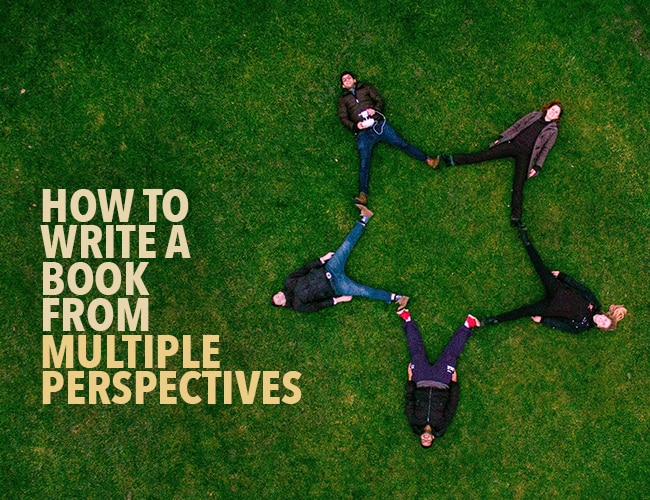
by Sarah Gribble |
Writing from one person’s perspective is hard enough. Writing from multiple perspectives can seem downright impossible. But it can be done.
I wrote my last novel from three different perspectives. It was difficult. Sometimes it was stagnating creatively. But sometimes it was fun and kept me engaged in my own book when I wanted to give up.
So if you’re ready for the challenge, here’s how to write a book from multiple perspectives.
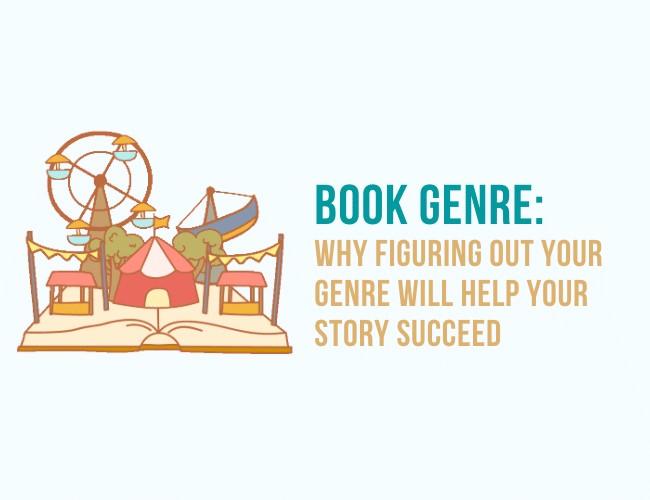
by Joslyn Chase |
You’ve worked long and hard on that book, and it’s finally finished! Now what?
It’s time to identify your book genre (if you haven’t already) so you can better place and market your story.
Understanding genre is one of the most important details you need to market and identify your book. Here are some key ideas needed to figure it out.





